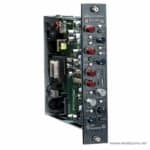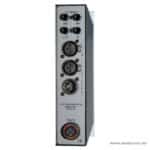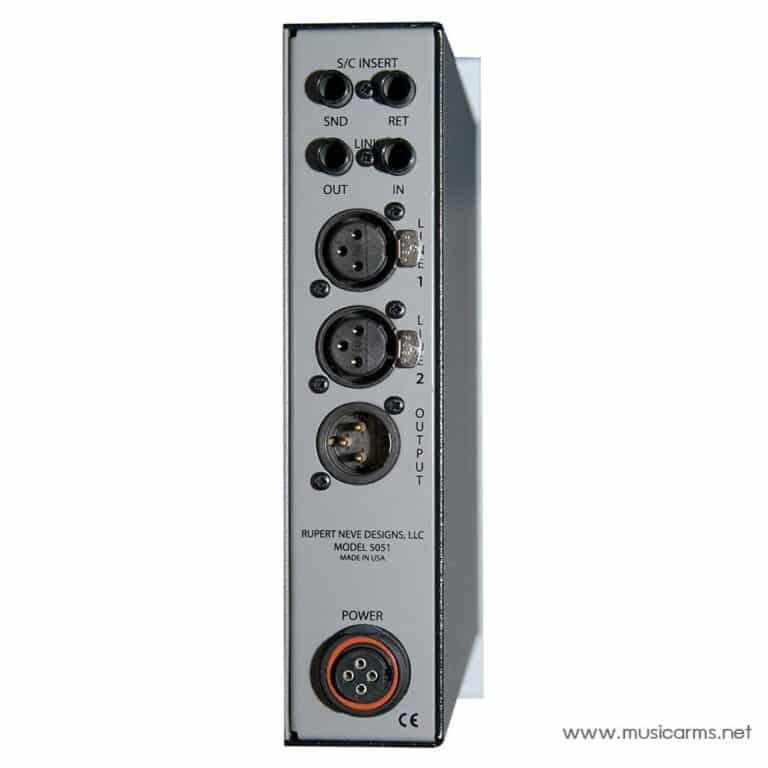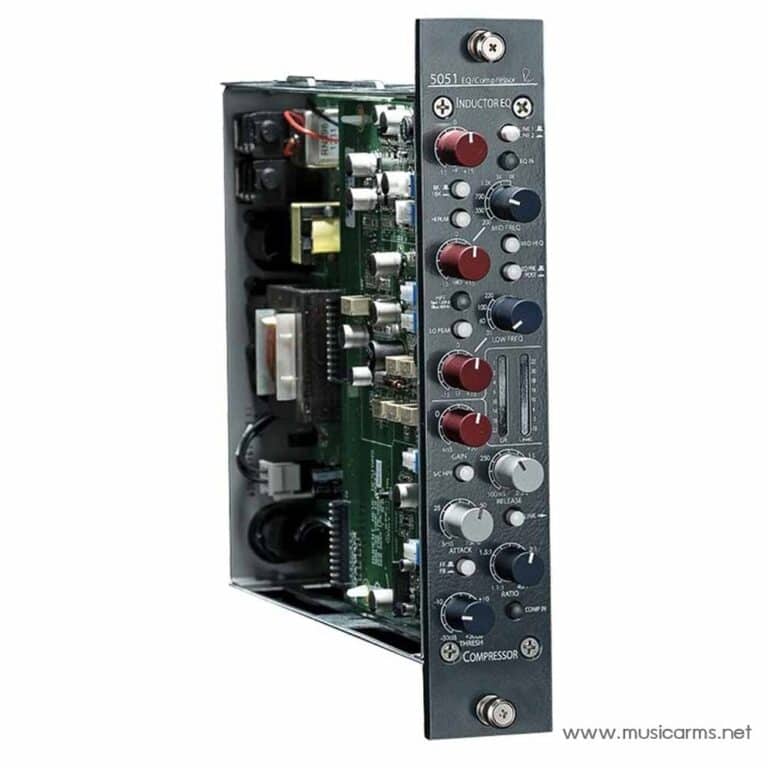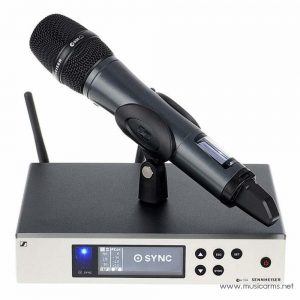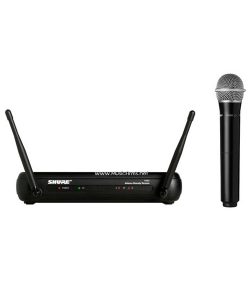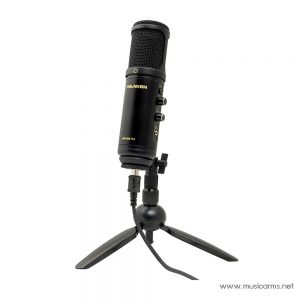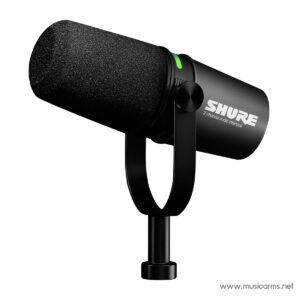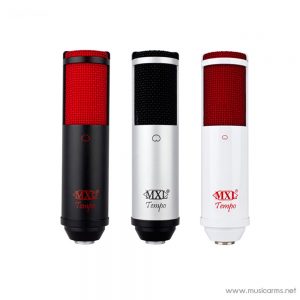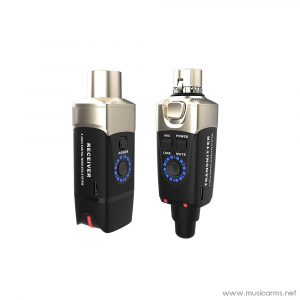Rupert Neve Designs 5051 Shelford Inductor EQ End Compressor (vertical only)

ราคา : 105,750 บาท
ลูกค้าองค์กร/ใบเสนอราคา
E-mail: musicarmsproject@gmail.com


- วีดีโอ
วีดีโอ

- Description
- Specification
Description
The Rupert Neve Designs Shelford 5051 combines a three-band Inductor EQ based on Rupert’s vintage designs with the power and flexibility of the Portico II Compressor. Utilizing a fully-discrete Class A signal path and custom audio transformers and inductors, the 5051 delivers all the performance and musicality expected from a Rupert Neve design.
WHAT IS AN INDUCTOR EQUALIZER?
Inductors are wires wound around a coil that provide a form of frequency-dependent resistance. When they saturate, they bring out beautifully musical harmonics that give your tracks the smooth, polished sound that has made Rupert’s consoles and equipment so desirable for over fifty years. This is what makes them different from capacitor-based EQ designs, which do a great job at surgical equalization. But inductors provide the tone.
While it is certainly possible to create a functioning EQ using off-the-shelf inductors, RND choose to use their own custom inductors for the 5051. This attention to detail in controlling variables such as the winding and core materials in relation to the surrounding circuitry allows the 5051 to capture the vitality and personality of Rupert’s classic designs.
THE “BEST-OF” EQ
The 5051’s 3-band, custom-tapped inductor EQ was inspired by RND’s favorite elements of Rupert’s vintage EQ designs. The low-frequency band is designed to produce a creamy, resonant bass response similar to a vintage 1064 – but unlike the vintage modules, the LF band on the 5051 can be used as either a shelf or a peak filter, adding punch, dimension, and control to your low end.
The midrange band is based on that of the 1073, ideal for sweetening vocals and instruments while bringing them forward in a mix, and its proportional “Q” response makes it well-suited for minimizing problematic frequencies. The high-frequency band is a hybrid vintage/modern design, blending inductor circuitry with capacitor-based topologies to achieve vintage tones with enhanced control. The High Pass filter is an 18dB/octave design with a switchable 60 Hz or 120 Hz corner frequency, and can be used in tandem with the low-frequency EQ to add low-end presence without clouding the source material.
As with Rupert’s most prized classic designs, each EQ section uses low-feedback, Class A discrete electronics to prevent low-level artifacts and harshness from detracting from the tonal shaping. However, this new circuit is a decidedly modern design with updated techniques and components that were simply not available 50 years ago, and is definitely not a clone.
Specification

